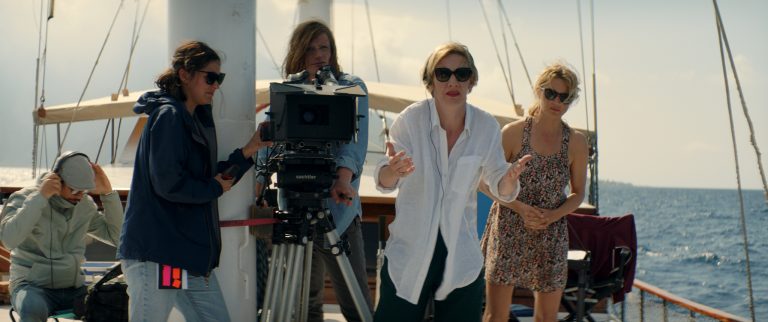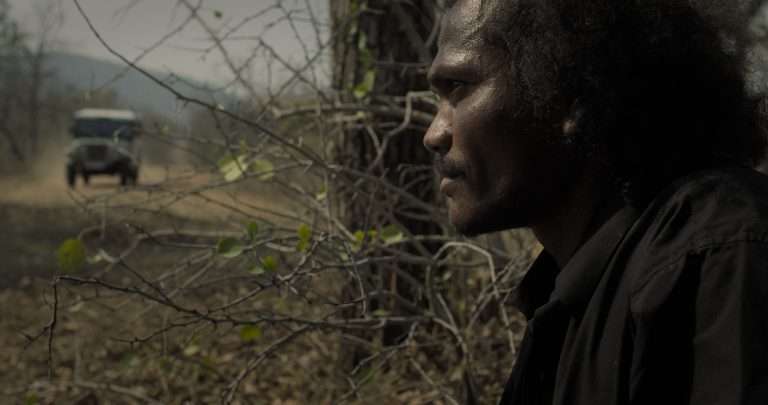Can anyone forget the transfixing mysteries of Lois Patiño’s 2023 film, “Samsara”? The director is back with a new feature, “Ariel,” which recently premiered at the Rotterdam Film Festival in the Harbour section. The film is a disarmingly playful, free-wheeling strum on representation and reality. It’s lit by a spirit of surreal mischief, as Agustina Muñoz playing herself travels to an island for a production of “The Tempest,” where everyone is locked in a sort of Shakespeare-mania.
HighOnFilms’ Debanjan Dhar caught up with Patiño to discuss Ariel’s metatextual riffs, collaborations with Matías Piñeiro and Ion De Sosa, and bringing Shakespeare into the fold of everyday in the Azores. Edited excerpts from the conversation:
Debanjan: Could you speak about creating the conceit of the ferry where somewhere midway all passengers except Ariel fall into deep sleep? When did that conceit, as the first entry point into that strange, bizarre island, take shape in the writing process?
Lois Patiño: The film starts in Galicia, which is my home. It’s the real world. The structure of the film is like that of Alice in Wonderland, one where the main character enters a world that has different rules and it follows her path of discovery. I thought the ferry would be a nice way for her to journey to the island where The Tempest would be staged. I wanted something to happen while they were on the ferry, maybe a storm. Of course, we had a low budget so we couldn’t even think of practical effects.
An idea popped then: what if they all fall asleep, like under some spell? It’d but a sort of dream tempest. This makes the film more spectral. We don’t know if it’s a collective dream or just Agustina’s or whether they die. I like my films to occupy a boundaryless, a liminal space, between reality and the spectral or fiction.
Debanjan: You seem like someone who thinks deeply and passionately about thematic inquiries, a certain discursive grounding in your work. I want to know about your engagement with theory, specifically your relationship with this whole massive corpus of Shakespeare which the film stitches together. Of course, there is the central question of freedom but how did you work your way through maybe certain other thematic throughlines you wished for the film to explore, even though it’s fragmented in design?
Lois Patiño: I was originally working with Matías Piñeiro. We gravitated to The Tempest, attracted to its spiritual and natural elements. Ariel is one character where nature and theatre merge. But Matias left. I wanted it to open out into theatre, representation, and existentialism of characters, bringing in Pirandello, the idea of characters knowing they are characters, and Beckett, who is my favorite. The theatre of absurd fascinates me, and the comedy that stems from it. Beckett broke the language of theatre in such an amazing way. I wove it all in a fragmentary manner, taking quotes from here and there, and having a dash of nonsense. My idea was to bring the deep, grand, intelligent language of Shakespeare, pluck it out of castles, and bring it close to markets and everyday life in the Azores. It’s a very free work.
Debanjan: Ariel feels very different from your previous work, though it reflects your interest in landscapes and nature, spaces where time is suspended and it has the familiar, great fluid spirit. To return to your collaborations with Matías through Sycorax and the earlier form Ariel was in, what dimension would you say he has brought in expanding your cinematic style and affinities?
Lois Patiño: Matías and I did Sycorax (a short film from 2021) as part of a lab to understand film language from our two very opposite styles. We were interested in mixing nature and theatre and observing what happens. Nature is also reality and theatre is representation. I was focusing more on landscapes, nature, and spirituality. We thought we might also grow up as filmmakers working together with our varied inclinations. I can now better understand the passion for acting, and representation since I was previously more into the anthropological, documentary, and the sensory. Even Matías’ current work, you can feel, has a greater sensitivity to landscapes, and contemplations. So, yes, both of us have grown up as filmmakers.
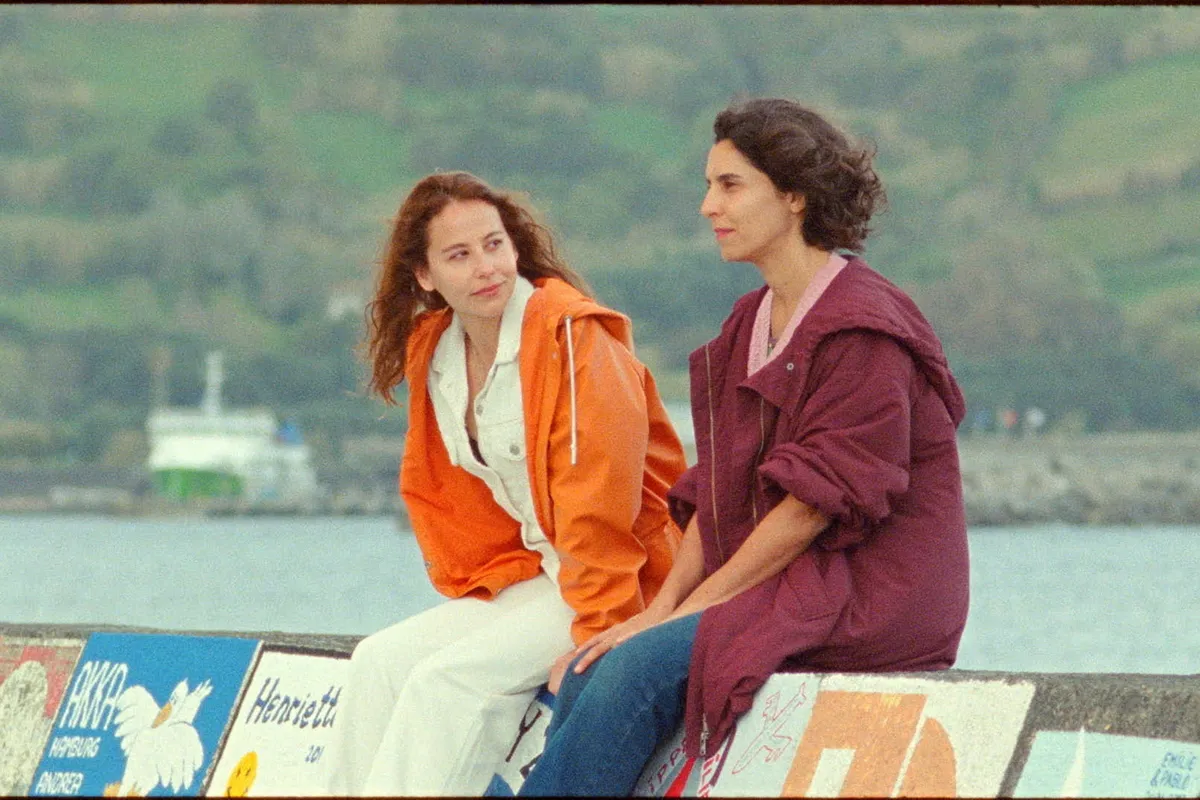
Debanjan: Was Ariel always designed as a feature film?
Lois Patiño: We were invited by a film festival to develop a short film. When we started working, we realized our interests were too vast and demanded a feature film.
Also Read: Samsara (2023) Movie Review: A Meditative and Delicate Anatomy of Reincarnation
Debanjan: So, Ariel came after Sycorax?
Lois Patiño: No, Ariel was the very beginning. First came the film festival’s invitation. It was taking a long time to develop and we had other projects on simultaneously. In the meantime, we thought of doing a film with a character Ariel wasn’t covering, the figure of Sycorax.
Debanjan: I’m curious about the varied registers of self-reflexivity and deconstructive impulses in the film. There’s this moment when a group of men discuss rebelling. They wonder if there’s someone else outside planning their actions, and the characters break the fourth wall, look straight at the camera, decide, “Let’s not open this can of worms” and just have one of them assume himself as the author. Talk to me about that moment of rupture, and why you felt you had to halt that other extension of inquiry into the screen at that point.
Lois Patiño: That is the deepest moment of reflection on meta-narrative in the film. Right during the writing process itself, I knew we could go very far with this. For the film to be deeper, it had to acknowledge the film framing too. But I had a problem with timing. Right after the Samsara’s (2023) Berlin premiere, I wrote the script in three weeks in a hotel in the Azores. In the fourth, the crew came and we began shooting. I had a deadline to do the film. That’s why I couldn’t open the “can of worms”. At least, it remains as a bit of a joke, a line for the spectator’s imagination to pick and develop on it himself.
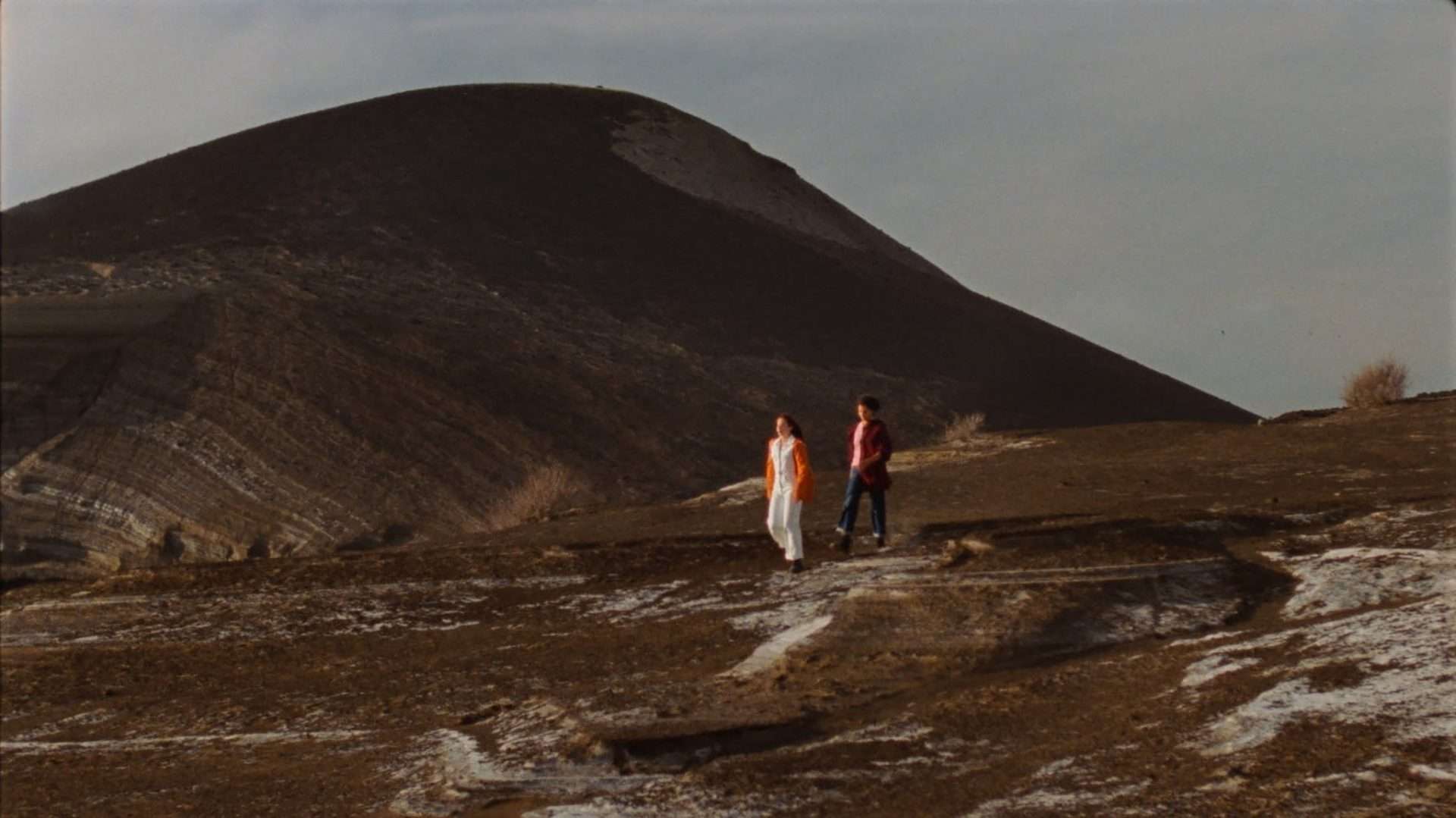
Debanjan: This is your first collaboration with DP Ion De Sosa; talk about working with him and shooting on the Azores island. Why did you choose this location?
Lois Patiño: Before Samsara, I did the cinematography for my films. I come from the field of photography. I like to work with cinematographers who are also filmmakers with their own vision. Ion has a rich inner world, full of comedy. He doesn’t just have an eye for beauty but also has a great sense of humor, which Ariel needed. My previous films were more contemplative. I wanted the Azores, the island to have the sense of a tempest. It needed to be windy; we must see movement in the vegetation. Also, we wanted to bring Shakespeare from English to Portuguese, a minority language. This adds to the re-contextualization of the playwright, across cultures, time, and languages.
Debanjan: Tell me about approaching the language of Shakespeare, both with professional theatre actors and local amateurs and any similarities or key variations in the way you guided them.
Lois Patiño: The two main actresses, Agustina Muñoz and Irene Escolar are well-versed in the world of theatre and film. For the non-professionals, even if they didn’t say well Shakespeare’s lines well, the nature of the film is accepting of bad interpretations or acting. The play with gender, in two girls playing Romeo and Juliet, is part of the re-contextualizing. I knew it was risky with different goals of interpretation, tones, and lines. We were moving from comedy to bad as well as good acting. What I was sure of is that the two main actresses had to be especially good. If the actress playing the protagonist fails and we don’t identify with her frustrations, the film will collapse. With Agustina Muñoz, you can just shoot her anytime, watch any take and she’s utterly natural.
Debanjan: Finally, I know you usually work on multiple projects simultaneously. Can you give a glimpse into anything you are planning to make?
Lois Patiño: I’m working on a bigger film and have had to pause other projects. I was invited by a Spanish production house, Elastica Films. We are preparing a film in the Philippines, working around mystic, pre-Christian beliefs. It’s a rich universe, full of spirits and teasing how we imagine the limbo, the afterlife. That’s my next feature. I have two short films in development.
One has already been shot. It takes place on a beach in Zanzibar, where I’d shot Samsara. It’s like a portrait of the beach from a non-human perspective. I follow amidst scrubs and seaweeds. The other short film explores three different cemeteries: one in Japan, another in Venice and the third I will have to think of. It takes place just in the cemetery, observing the space from three different religions. We watch the people visiting the cemetery and witness the silent conversation between the dead and the living.
Debanjan: Sounds fascinating. Looking forward to it!





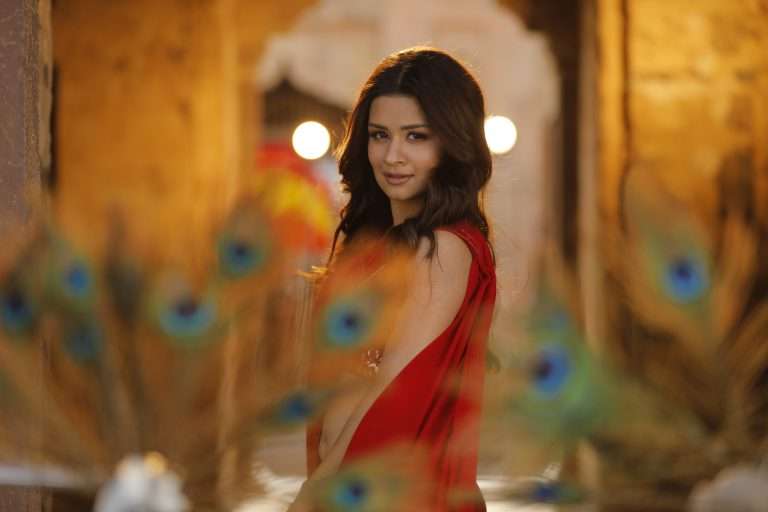
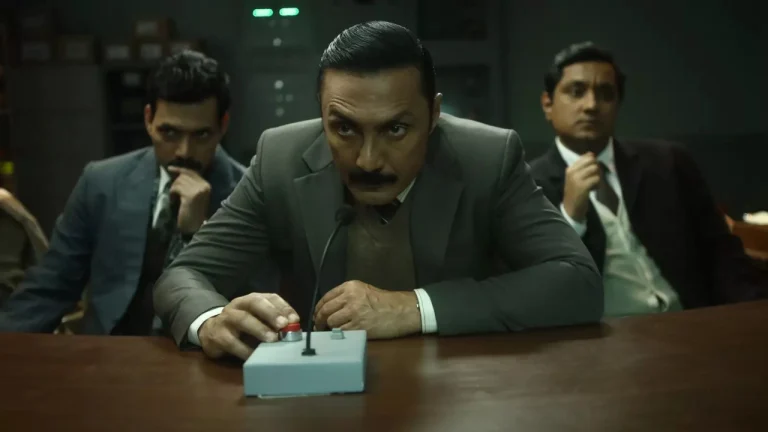
![Interview with Ronny Sen [Cat Sticks]](https://79468c92.delivery.rocketcdn.me/wp-content/uploads/2019/12/Ronny-Sen-Cat-Sticks-768x403.jpg)
